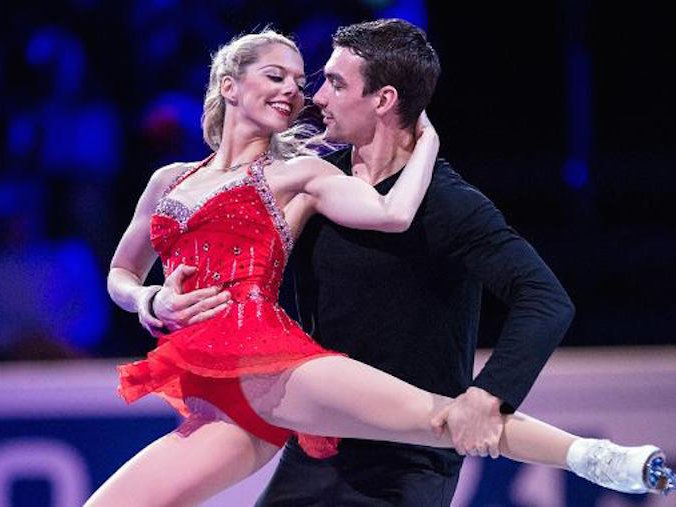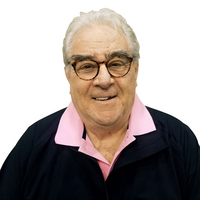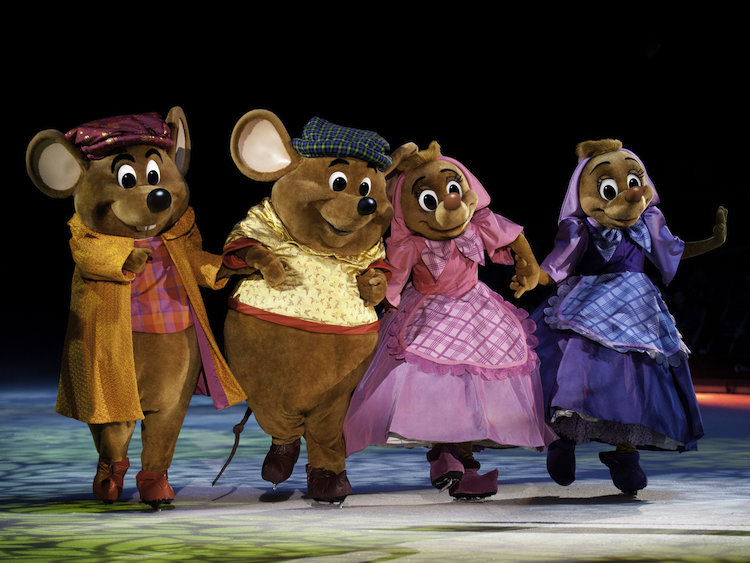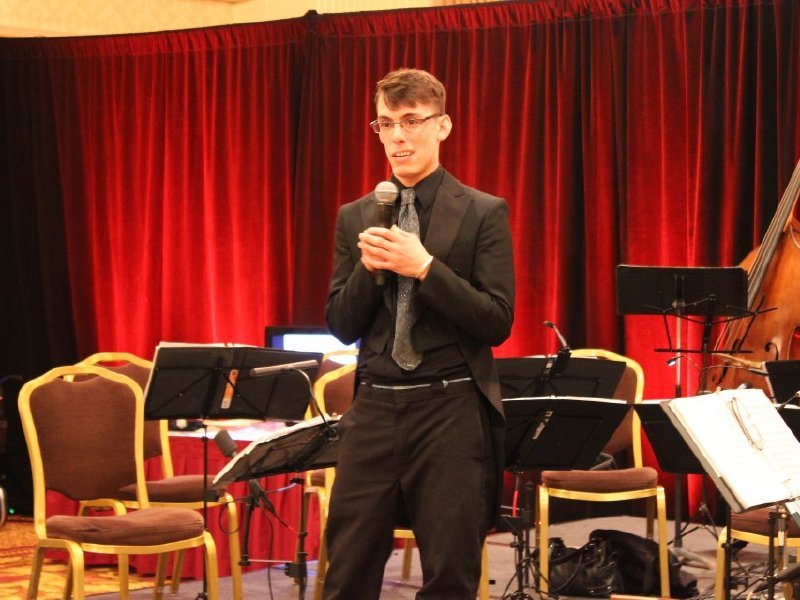There is something special when a world-class athlete walks into the room that doesn’t have anything to do with size or looks or anything you can see.
It’s an attitude, an aura.
I’ve seen hundreds of basketball players walk into rooms and nobody had the thing that Oscar Robertson had. I’ve seen Carl Lewis walk into a room and suddenly everyone holds their breath. When James Lofton came in, you knew this was somebody special.
That’s kind of the feeling I got when I sat down with Alexa Scimeca and Chris Knierim, the reigning U.S. pairs figure skating champions.
They will be among the headliners at the prestigious "Skate America" competition at the UWM Panther Arena Oct. 23-25. It’s hard to overstate what an honor it is for Milwaukee to host this event, which kicks off the 2015 Grand Prix tournament. Events will be held every other week in Canada, China, France, Russia and Japan leading up to the Grand Prix finals in Barcelona in December. This is the first time Milwaukee has hosted a major international figure skating event and it will include world champions and Olympic medal winners.
For Scimeca and Knierim this is one more step on a four-year plan they drafted last year with their coach Dalilah Sappenfield. The plans wraps up in 2018, when the Winter Olympics will be held in South Korea.
"We are focused on 2018," Knierim said during a break in their skating at the Pettit. "We have mapped out a plan and there are benchmarks that we want to meet on our way to the Olympics."
The journey for pairs success is a long and involved process, trying to get two people to act almost as a single identity.
"I’ve coached Chris since he was 16," said Sappenfield, who has a distinguished reputation among pairs coaches in this world. "A couple of years ago he needed a new partner and I brought Alexa in. It was instant chemistry. The first thing was the aesthetic. They looked good together. And from that moment their connection has just continued to grow."
It has grown so deep that the two are now engaged and plan to marry next June.
Pairs skaters are a lot like ballet dancers, both demanding great athletic ability combined with the ability to act.
"One of the most important things in figure skating," Knierim said, "is to make it look easy. The stuff we are doing is really demanding on your body but to be the best you have to make it look like it’s easy. Part of it is acting and ignoring any pains or discomfort and just make it look like you are enjoying it even though your legs may be burning."
The training is also a complex mix.
"We work at Olympic Training Center (in Colorado Springs)," Knierim said. "We do ballet a couple of times a week. We do mirror work as well. We hit the gym but the main point of our workout is to keep us away from injuries.
"We’ve tried lots of different things, cardio things. But nothing off the ice simulates skating as much as running your program, over and over. That not only trains you in your program but trains you physically."
In addition to concentrating on your own performance a pairs skater also has to worry about his or her partner.
"There are days we go into the rink and one of is not feeling it and the other person is super ramped and ready to go," Scimeca said. "That’s another big thing. You have to be able to help the person that’s not feeling it and that’s another tough thing because you have to be able to help the person feel it so you have a good, productive practice. Otherwise you are just wasting time."
The beauty of a pairs program doesn’t come without a lot of thought and a lot of input.
Both skaters work on music, looking for something they like and then doing the kind of research so that they know exactly what the story being told is. Scimeca leads that task for the team. but it’s also a cooperative effort between the skaters, Sappenfield and choreographer Julie Marcotte, one of the best in the world.
"There are three things that tell your story when you are on the ice," Scimeca said. "The music, the costumes and the skating. At this level you need all three."
Pairs figure skating has long been a favorite of fans, but never has an American pair won a gold medal in the Olympics. In 1988 Jill Watson and Peter Oppegard won a bronze in Calgary and Kitty and Peter Carruthers won a silver in Sarajevo in 1984. That’s it.
"There are a lot of reasons for that,"Sappenfield said. "One of the main ones is longevity. The Chinese and Russian teams stay together for a long time. American teams haven’t done that. They usually go their separate ways."
"I think it’s different with Chris and Alexa. We have a plan and if we keep on meeting the goals in the plan, I think they will contend for a medal. They are certainly a team that is on the way up. They have tremendous potential."
The two will defend their U.S. title in January in the Twin Cities, but before then they’d like to add a Grand Prix title to their trophy case. That chase begins in earnest at the Panther Arena in Milwaukee Oct. 23-25. Information on showtimes and tickets is available here.
With a history in Milwaukee stretching back decades, Dave tries to bring a unique perspective to his writing, whether it's sports, politics, theater or any other issue.
He's seen Milwaukee grow, suffer pangs of growth, strive for success and has been involved in many efforts to both shape and re-shape the city. He's a happy man, now that he's quit playing golf, and enjoys music, his children and grandchildren and the myriad of sports in this state. He loves great food and hates bullies and people who think they are smarter than everyone else.
This whole Internet thing continues to baffle him, but he's willing to play the game as long as OnMilwaukee.com keeps lending him a helping hand. He is constantly amazed that just a few dedicated people can provide so much news and information to a hungry public.
Despite some opinions to the contrary, Dave likes most stuff. But he is a skeptic who constantly wonders about the world around him. So many questions, so few answers.







